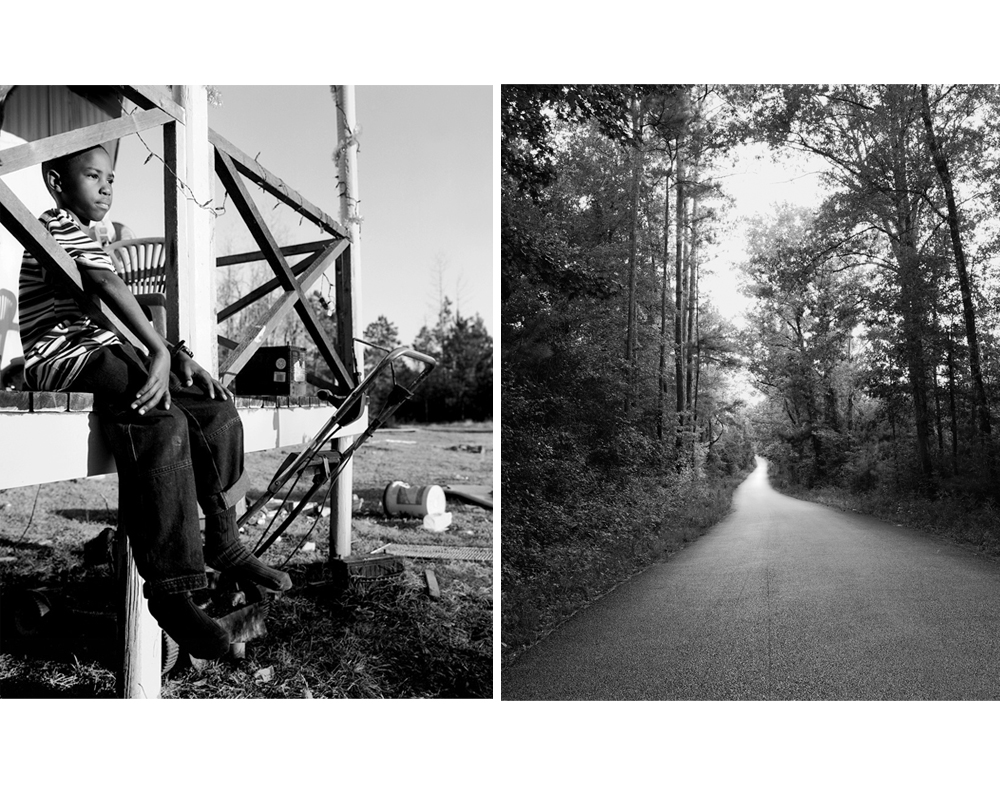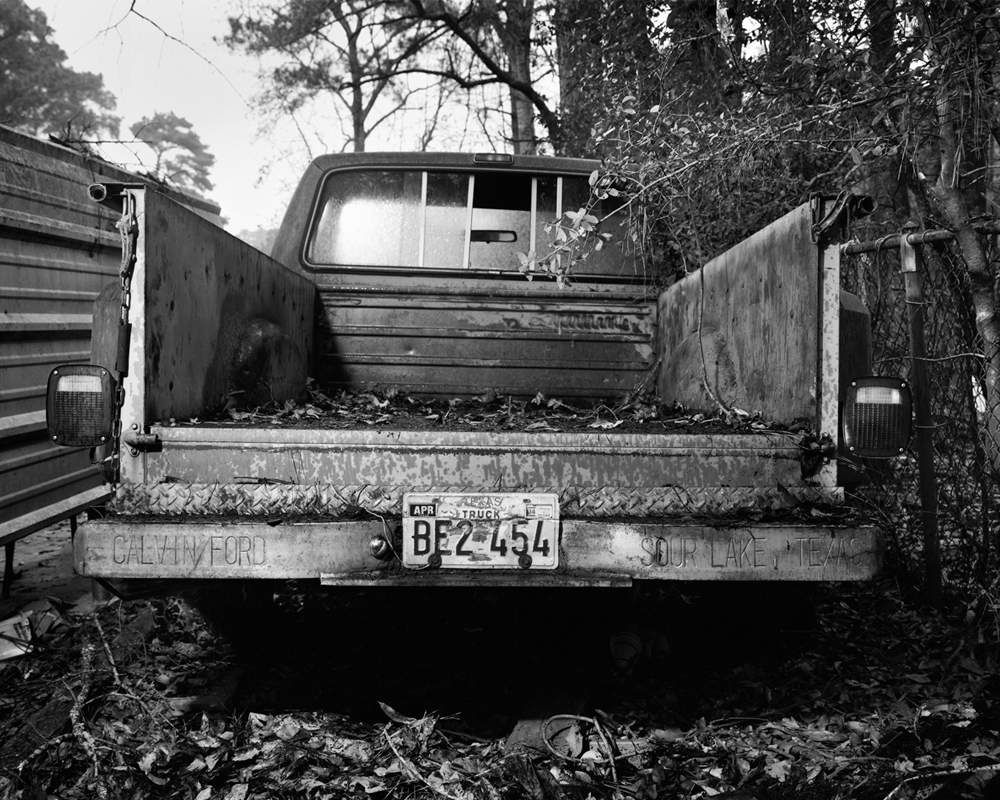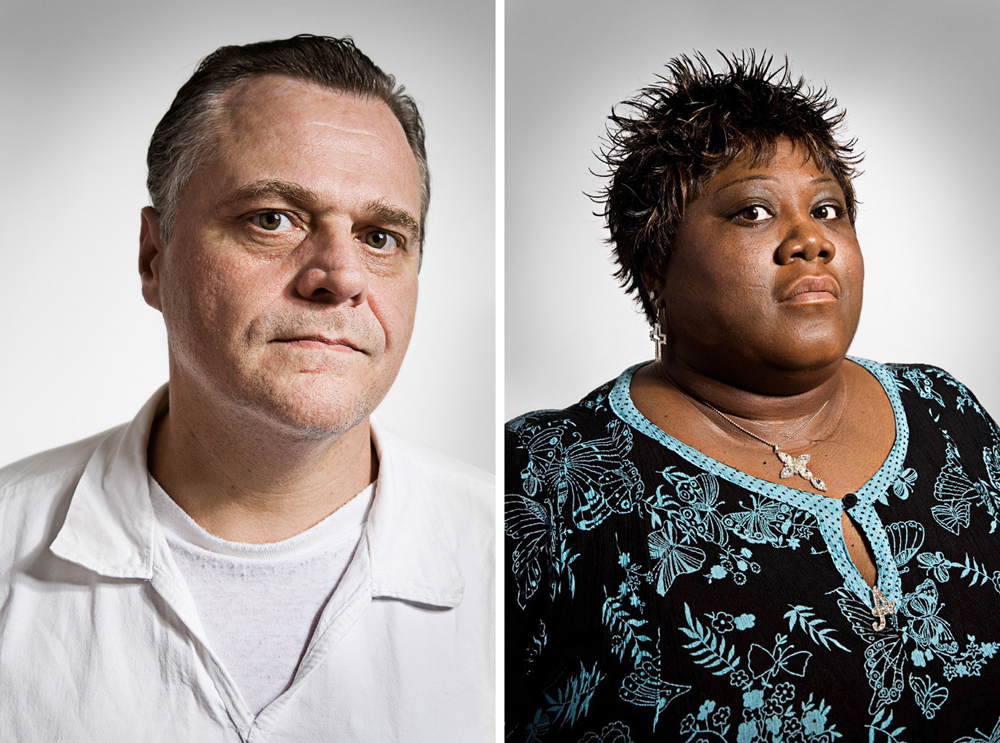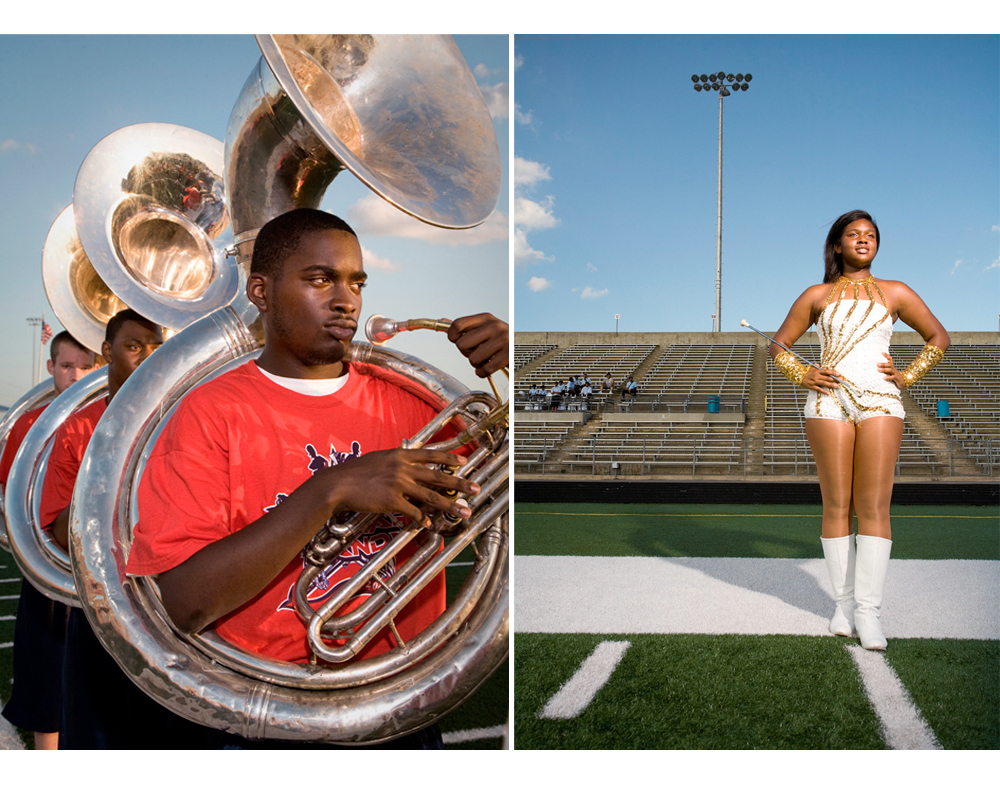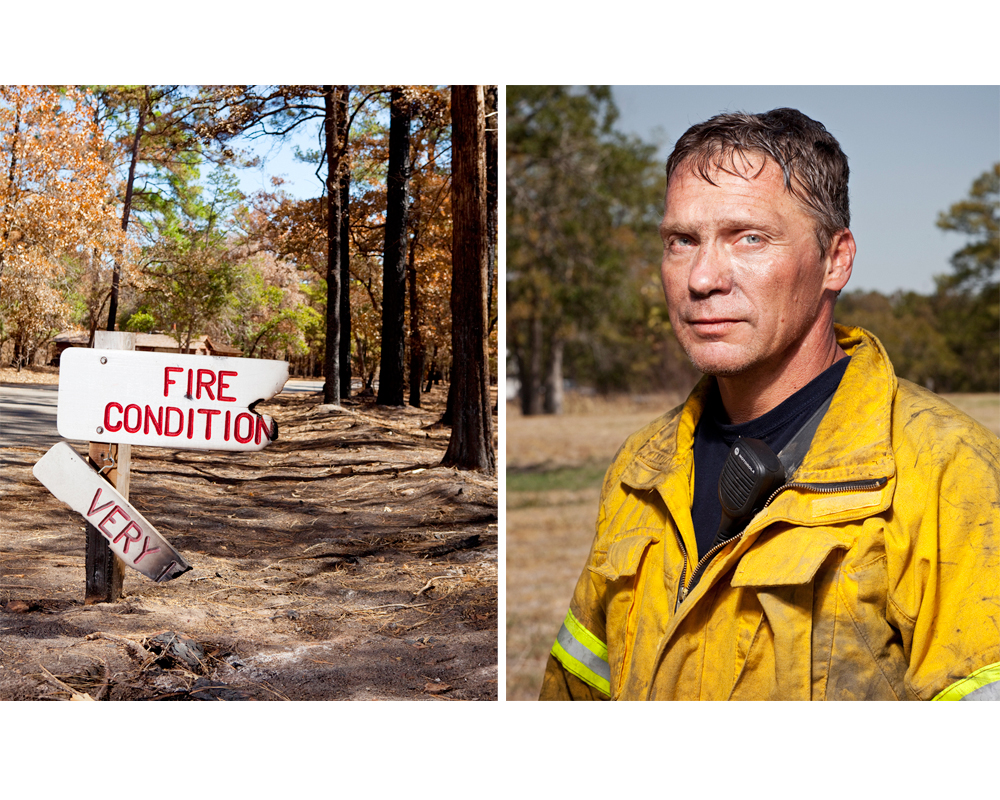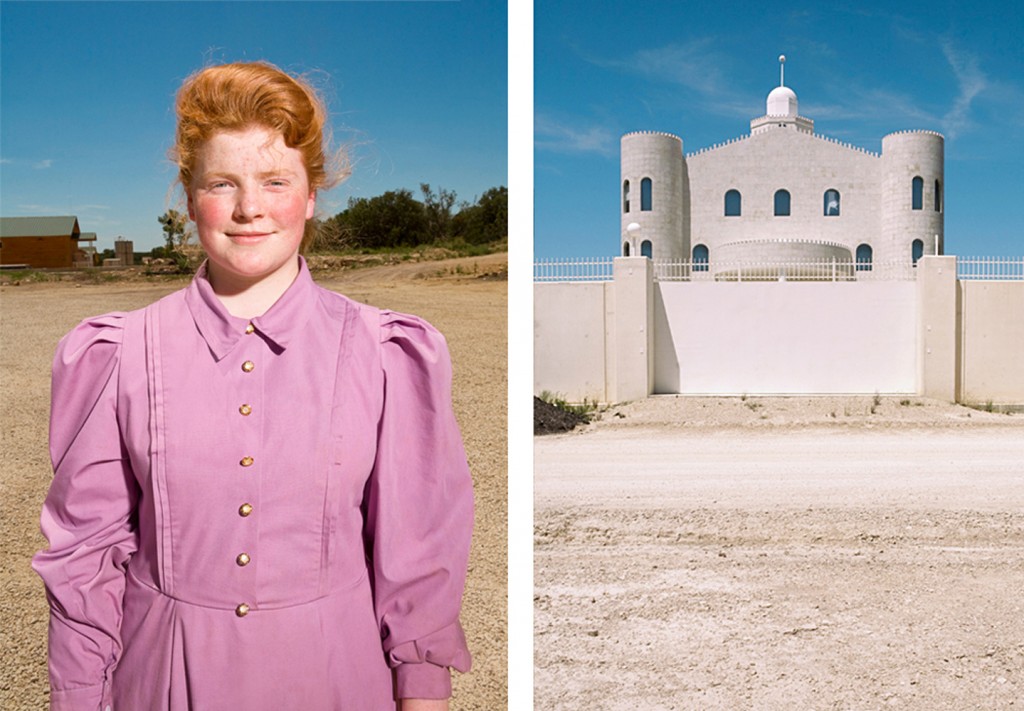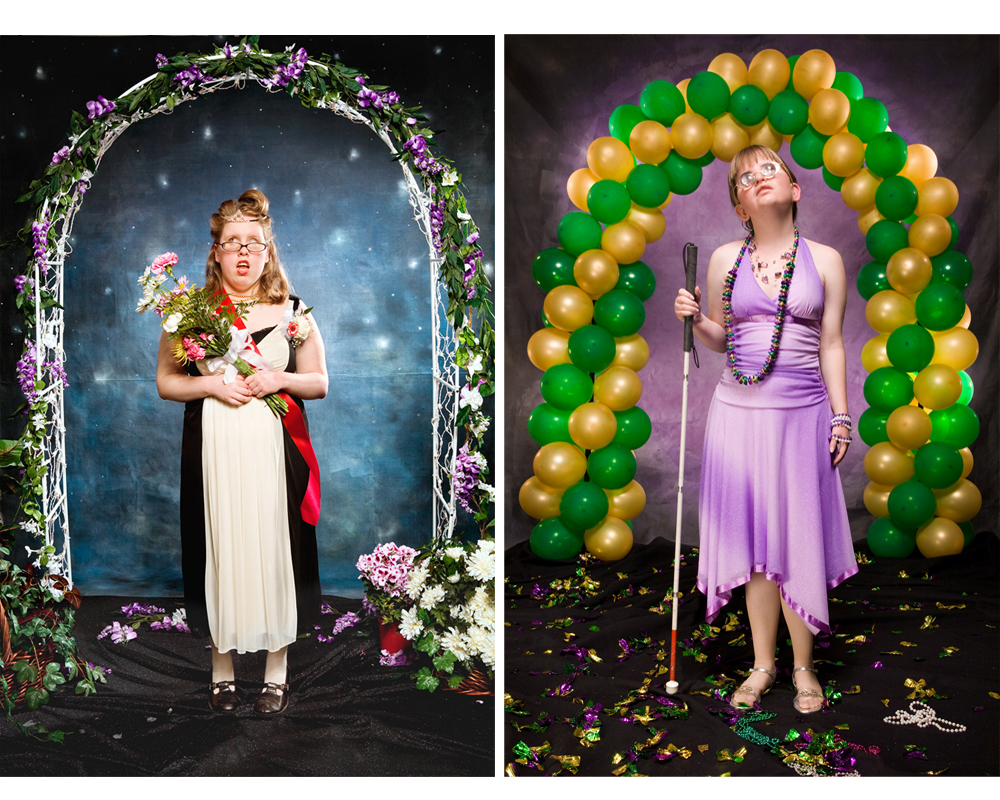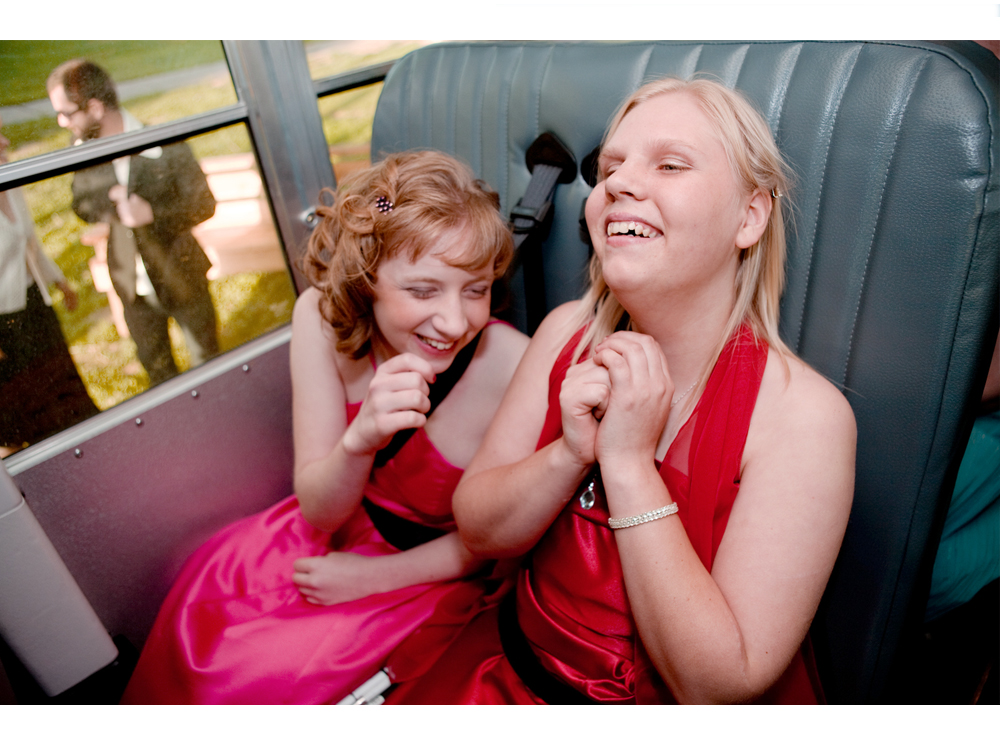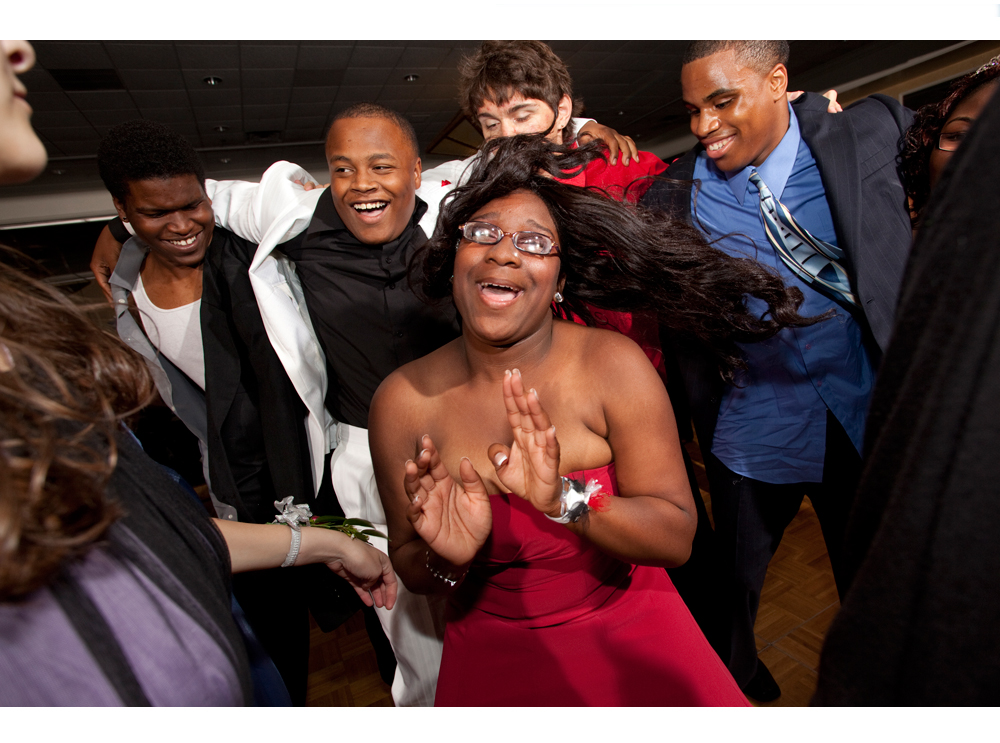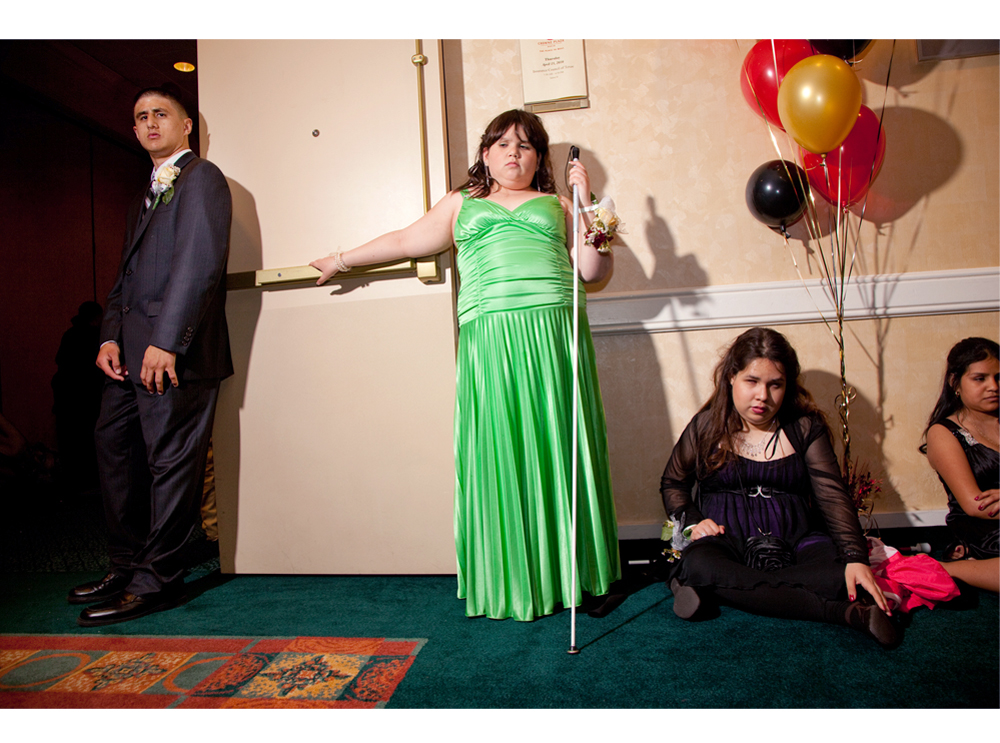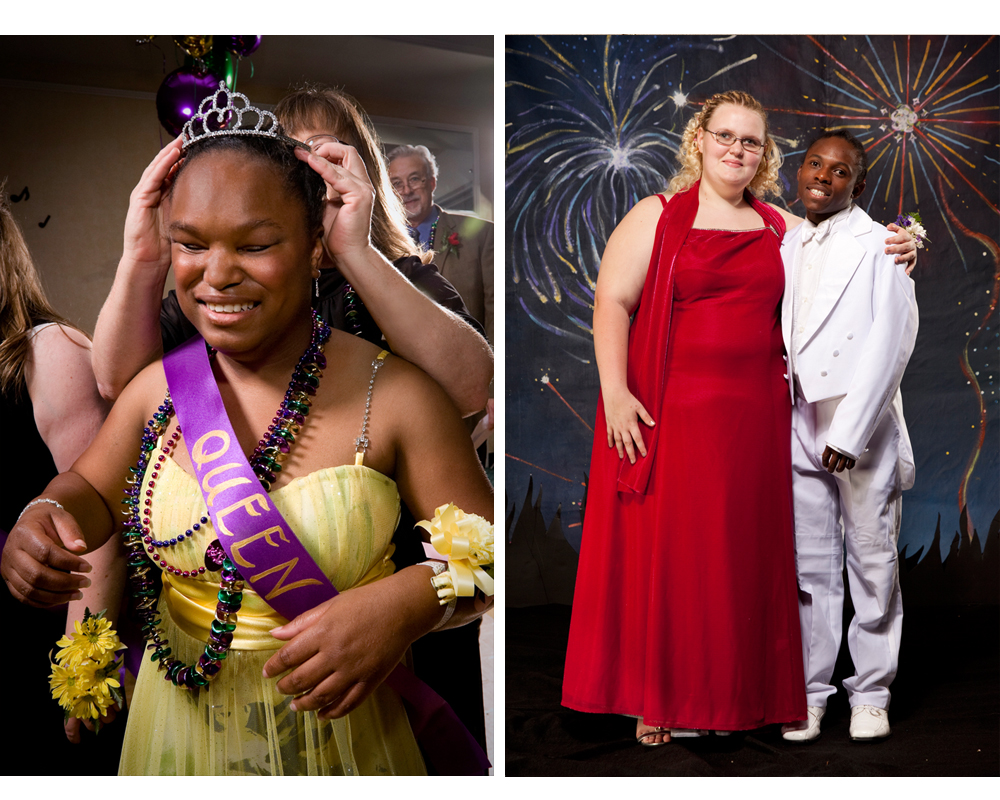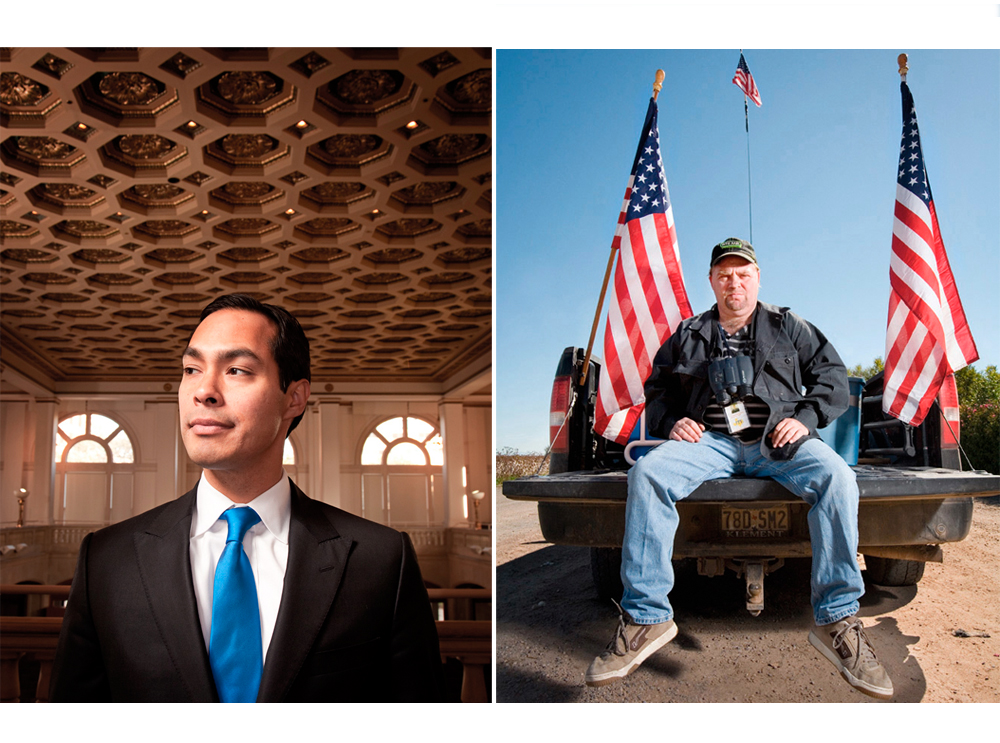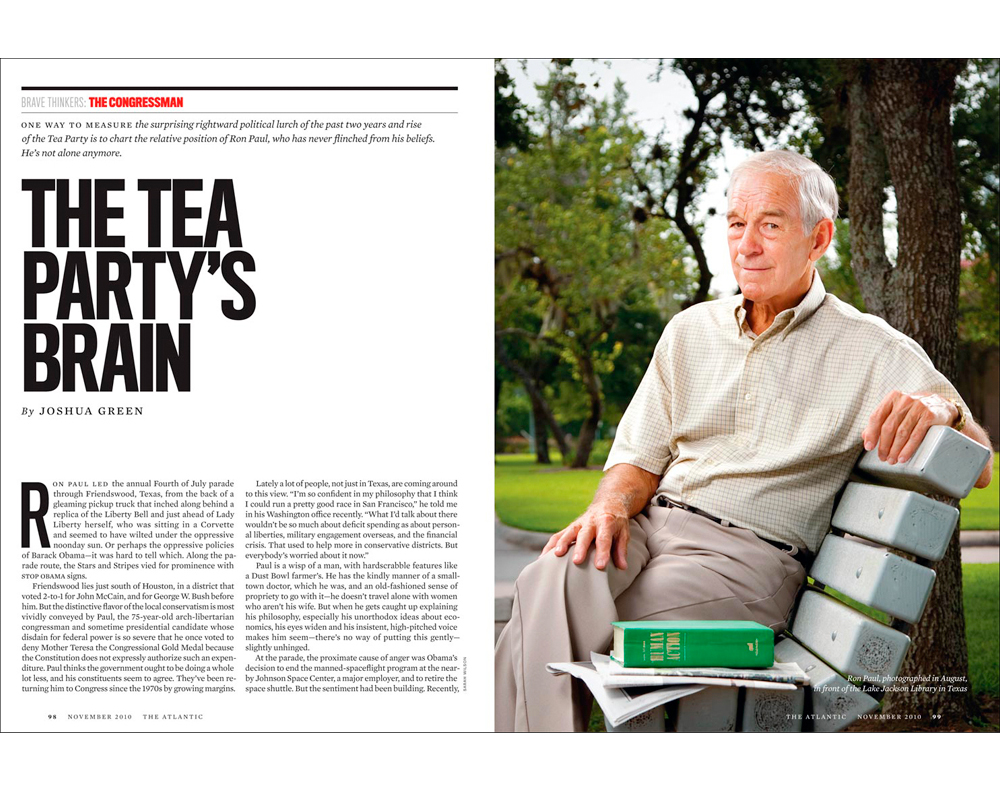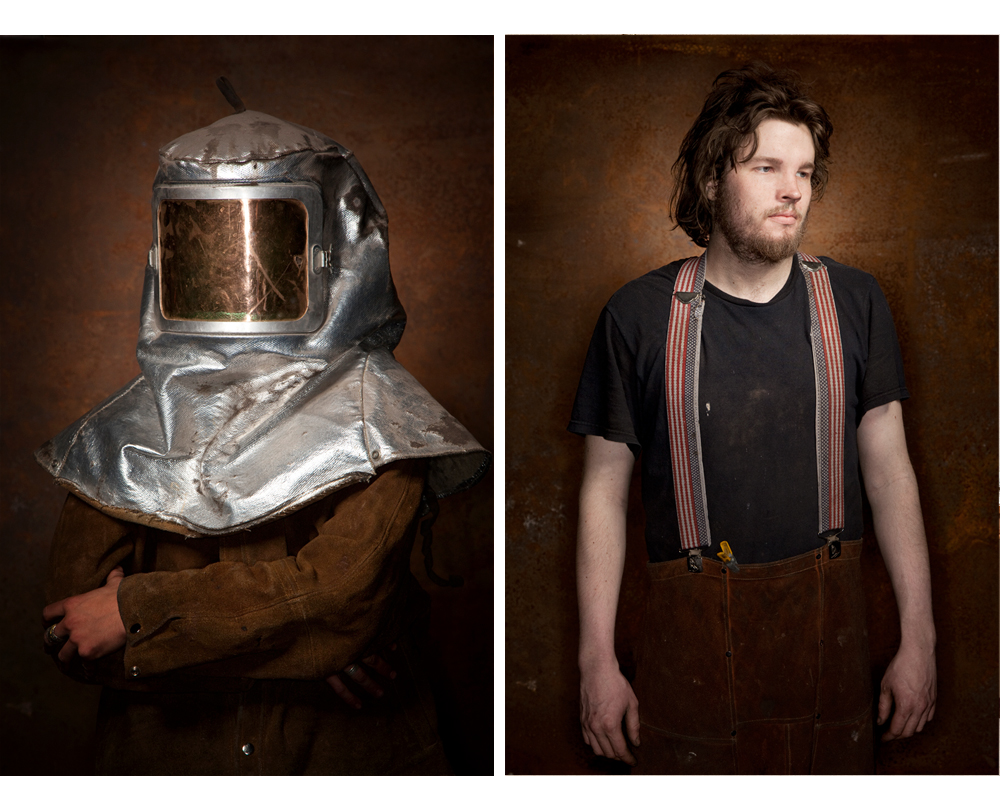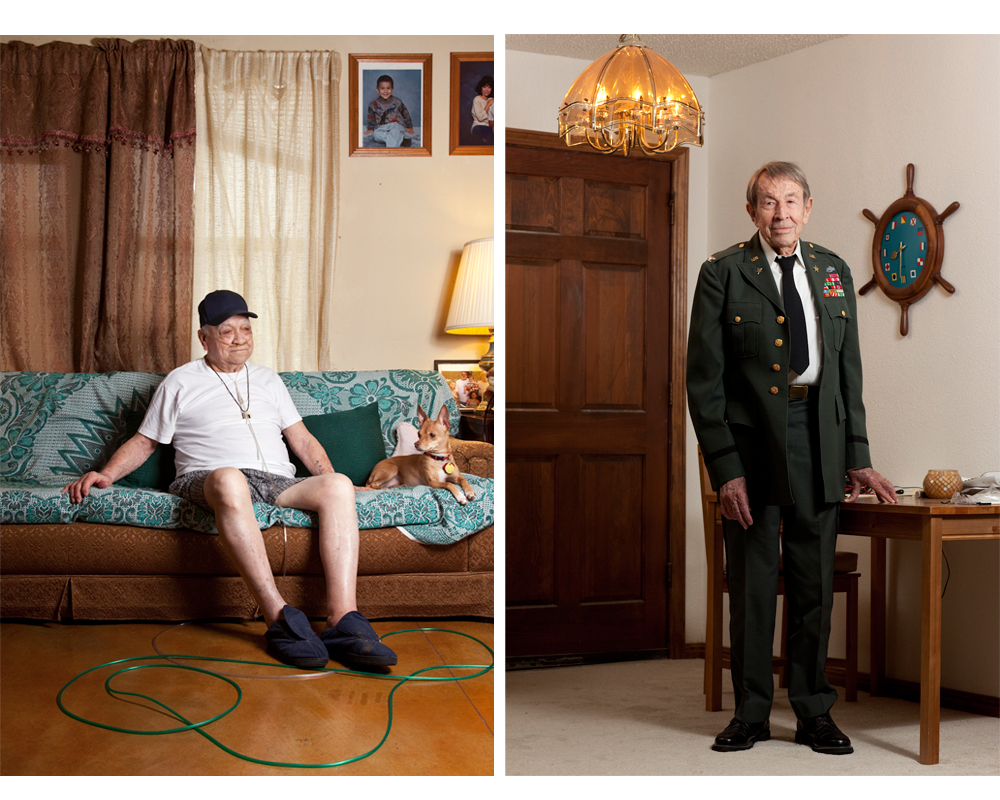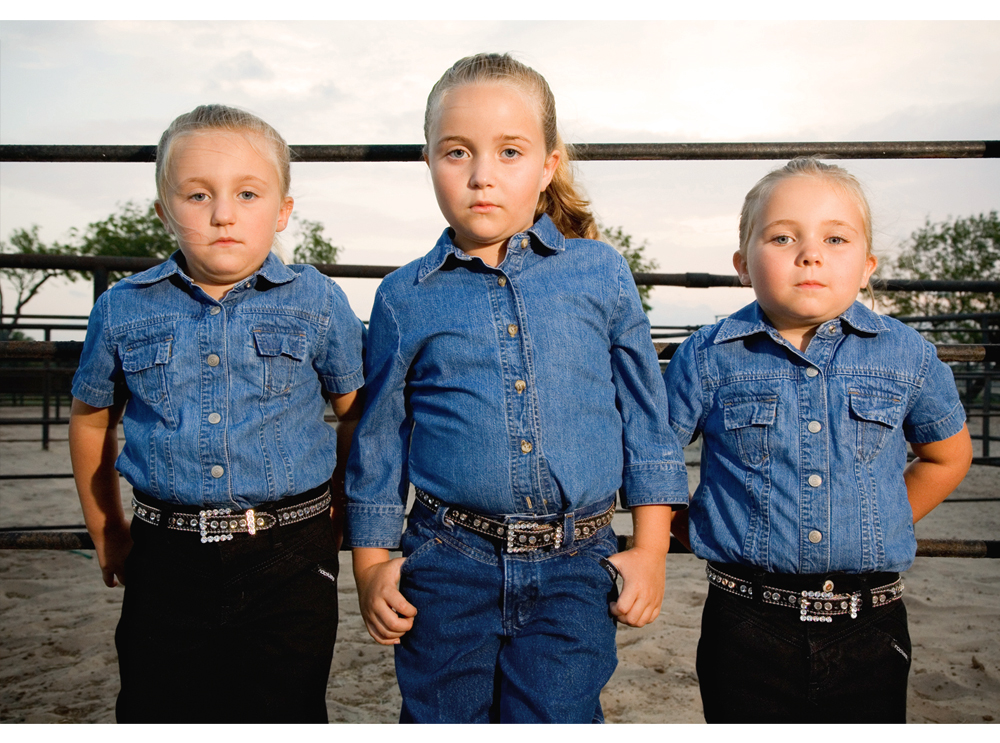Sarah Wilson is an editorial photographer based in her hometown, Austin. Her approach to environmental portraiture is documentary in nature; focusing on subjects and stories that give a sense of community and culture.
Tell us about your early years in photography.
After high school, I decided to major in photography in college, and pursue it as a career. I attended New York University’s Tisch School of the Arts Photography and Imaging Department. In my last two years, I spent semesters interning for several photographers including Mary Ellen Mark, Robert Clark, and Ken Schles. Then I moved out to Marathon, a little town of four hundred people in the middle of the West Texas desert, to do a summer internship with a photographer named James Evans.
The experience in Marathon was a turning point for me. Within a couple of weeks, I had met nearly everyone in town, which quickly made me feel like I was part of the community. I realized that Marathon was the perfect place for me start a portrait project, so I borrowed James’s 4 x 5 field camera and I began photographing the locals: the weathered, hunched-over cattle rancher, the Marathon High School six man football team, the constable, the teenaged boys that would hang out on the street corners, and the ninety year old woman that would drive around the 3 squares miles of town in her pickup from sun up to sun down. Each individual portrait came together to tell the story of the community as a whole.
The Marathon project became my NYU senior thesis show, which I submitted for a grant called the Daniel Rosenberg Traveling Fellowship, and won. This grant allowed me to complete and exhibit another portrait project one year after graduation about the Cajun community where my mother was born, and where much of my extended family still lives. With two solid projects under my belt, I had the confidence to dive into another project about the community of Jasper, Texas, where in 1998, three young white men chained an African-American man, James Byrd, Jr., by his ankles and dragged him three miles behind a pickup truck. It was a hate crime that threatened to fragment this small East Texas town. Texas Monthly published a selection of this work, which in turn jump-started my editorial career.
I feel fortunate to have had several opportunities to complete and exhibit full bodies of work
I feel fortunate to have had several opportunities to complete and exhibit full bodies of work within a few years after graduation. This filled out my portfolio and quickly solidified my intentions as a photographer. Over time I was able to move away from assisting, and began working for myself. I do however highly recommend that young photographers spend a few years interning and assisting- I learned more about photography as an assistant than I did in four years of college.
Lots of people think you need to move to a bigger market (LA, NYC) in order to make it in this business. Outside of your education, do you think that living in NYC was helpful or made a difference in starting your career?
I believe that it’s a good idea to spend some time in either New York, LA, or Chicago if you can. If these big cities are not in the cards for you, it would be beneficial to attend a few of the portfolio reviews, where art directors, photo editors, curators, and art buyers can take a look at your work. If they like your work, you can make solid connections very quickly, over the course of a weekend.
Your work can be described as “documentary portraiture.” How did you establish and evolve your personal vision?
I aim to tell the story of a community through portraits of individuals within that community. For the Jasper, Texas project, I photographed law enforcement officers, family members of both the victims and killers, church leaders, the men convicted of the crime, the prosecutor, the young boy who discovered the body of James Byrd, Jr, and many others. From an outsider’s perspective, many of us were ready to condemn Jasper as an evil place all together, but I hope these images tell a deeper story than what was seen on the nightly news.
Your award-winning personal project Blind Prom has been published all over the place, including, in Texas Monthly, BLINK, Fraction Magazine, Marie Claire South Africa, NewYorker.com, and several other blogs. It’s also won the PhotoNOLA Review Prize, a nomination for Santa Fe Prize, and Critical Mass Top 50, and has exhibited in Chelsea at the Foley Gallery and at the Lishui International Photography Festival in China. Can you talk about your experience in photographing blind teens and working with your boyfriend, Keith Maitland, on the PBS documentary, The Eyes of Me?
In 2005, my boyfriend Keith Maitland and I moved back to Austin from New York to work on a documentary film about four blind teenagers that attended the Texas School for the Blind and Visually Impaired in Austin. Keith directed, edited, and produced the Emmy-nominated, The Eyes of Me, and I was his stills photographer when he needed me. The film followed one academic year. We made it a point to cover prom, and since then, I have volunteered as the school’s prom night photographer each spring.
After hair, makeup and final primping in the dorms, the students travel by bus to the Crowne Plaza Hotel. Dinner is served, followed by an eager progression to the dance floor. With an hour left in the night, prom court crowning begins. The room erupts with applause, as crowns and tiaras are placed upon the heads of that year’s favorites.
With each new couple or individual that enters, there is a unique set of circumstances
Over the course of the evening, couples leave the dance floor to have their formal portraits made. Each year, I create a painted backdrop appropriate to the prom theme, which often stretches my limited painting skills, but I enjoy the creative problem solving. In the quiet separation of the portrait room I have the opportunity to interact more directly with the students. With each new couple or individual that enters, there is a unique set of circumstances. Some students have a good amount of usable vision, many are completely blind, and still others have additional physical and mental challenges. But no matter what, on this night, there is pride and joy, and it is my pleasure to share in it.
These images not only memorialize prom night for the attendees and their parents, but I hope they introduce a larger audience to what life might be like as a blind teenager.
How important do you think personal work is? How important has it been in your development and your style?
Personal work is very important- it’s an opportunity to hone your style and show prospective clients how you see the world. A majority of my portfolio consists of personal work mixed with particular assignment work that felt like it could be personal work.
Who or what influences/inspires you?
I have always loved the portraits of Richard Avedon, Irving Penn, Diane Arbus, and Dan Winters. These are my heroes. They show both the greatness and the imperfections within their subjects. They honor the glowing humanity within people.
How do you stay motivated?
I’m starting to learn how to take things one day at a time. The life of a free-lancer is very unpredictable. A job that exists this month may not exist the next. Once I figured out this fact, the challenge has been to have faith and continue to do work that is fulfilling to me. I try not to think too far ahead because it’s already been proven that completely unexpected opportunities come my way when I am open to them.
the challenge has been to have faith and continue to do work that is fulfilling to me
What’s the most helpful part of your “education” that wasn’t photo related?
Meditating; reading Truman Capote’s In Cold Blood; listening to public radio, especially This American Life; and wandering the halls of the European Portrait wing at the Metropolitan Museum of Art.
Best career decision so far?
Moving back to Austin has been the best career decision so far. Working for Texas Monthly has been often as fulfilling as doing personal work, and I have become a satellite photographer for some national magazines, which has been great. I’ve stayed busy, doing a mix of things, so I can’t say that I’ve been bored.
Favorite thing about shooting in Texas?
There are so many different kinds of people in Texas that are in to all kinds of good, bad, and strange things. This makes for interesting subject matter.
Do you have a favorite or memorable photo shoot?
Back in 2001, I was photographing one of the church leaders in Jasper. I could sense that for this man, having his portrait made was real proud moment. As we talked about his life and his congregation, he suddenly said to me, “Photography is your ministry”. I would consider myself more of a spiritual person than a religious person, but I took what he said to heart. Through photography, I have the opportunity to serve humanity.
Do you have a current dream assignment?
I would like to follow in the footsteps of the FSA photographers, Dorothea Lange, Russell Lee, and Walker Evans. I would move from town to town, photographing the people and places that shape our country.
What else would you want to do if you weren’t a photographer?
If I weren’t a photographer I would want to be a psychologist or a chef.
Any other hobbies or talents outside of photography?
Cooking, hiking, taking my little boat out on Lady Bird Lake.
Weirdest thing in your camera bag?
Perhaps we should talk about what I don’t have in my camera bag. I don’t have a waterproof housing for my camera or a pelican case for my equipment. These items would have come in handy on a recent assignment to photograph an afternoon canoe trip. We went down and so did some of the equipment. Lesson learned the hard way!
Photo books you love?
Avedon’s In The American West, the Aperture Monograph of Diane Arbus
, Keith Carter’s From Uncertain to Blue
, Shelby Lee Adams: Appalachian Lives
,Dan Winters: Periodical Photographs
, Heber Springs Portraits: Continuity and Change in the World Disfarmer Photographed
, and William Eggleston’s Guide
.
Do you have any advice for someone just getting started?
If you narrow your portfolio down to your strongest work, you will direct your clients towards hiring you for what you’re passionate about
Make sure that you only present examples of the style of photography you really want to pursue on your website, in your portfolio, etc. You don’t have to show that you are capable of being a sports photographer, a wedding photographer, a still life photographer, and a fashion photographer. If you narrow your portfolio down to your strongest work, you will direct your clients towards hiring you for what you’re passionate about.

